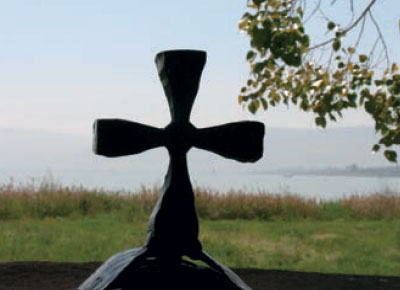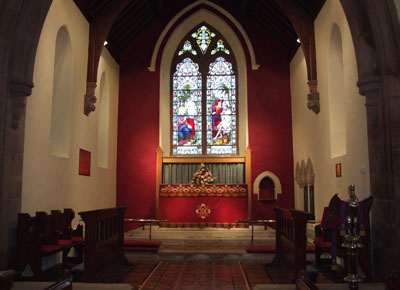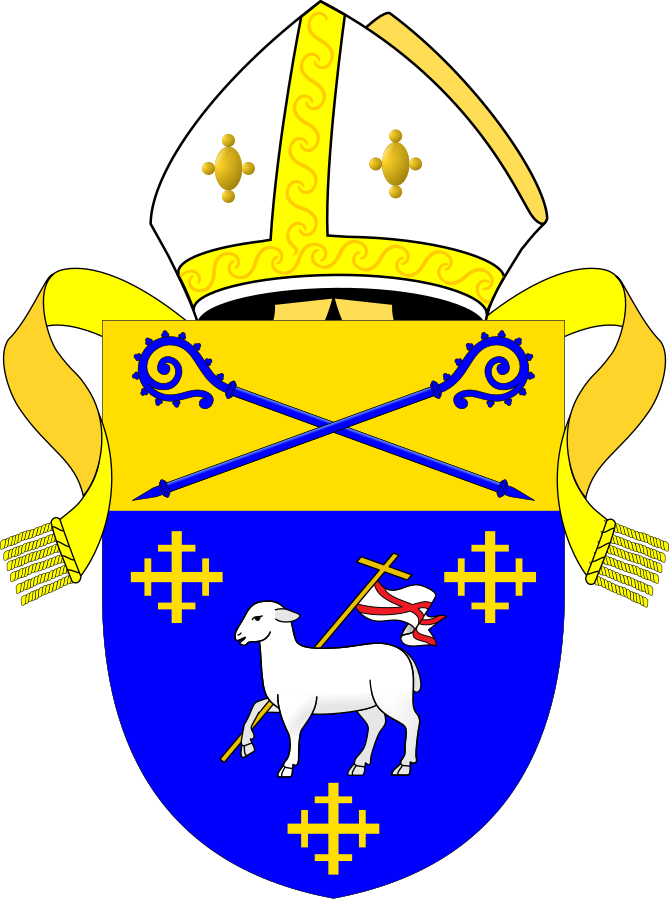Royal Maundy honour for Tom and Elva

Tom Stevenson with his ticket to the Royal Maundy Service in Worcester Cathedral.
Lisburn Cathedral parishioner Tom Stevenson and his wife Elva are en route to Worcester Cathedral where tomorrow, Maundy Thursday, Tom will receive the Royal Maundy from Queen Camilla.
Tom, 79, was nominated for this honour by the Bishop of Connor, the Rt Rev George Davison. “I was utterly surprised, and it is not false humility but genuine surprise,” Tom said when we spoke to him in advance of Maundy Thursday.
Tom has been involved in the Church of Ireland all his life. Born in Lisburn, he lived in Wallace Avenue in the city until his marriage in 1973 when he and Elva moved to their current home in Pond Park Road.
A past pupil of Belfast Inst, Tom worked for the Royal Insurance Company for more than 10 years, before working as an insurance broker and eventually running his own independent financial advice firm where he remained until retirement.
He and Elva have two daughters – Julie is living in Canada and Nicola is in England, while their son Mark is a GP in Edinburgh. They also have nine grandchildren.
In Lisburn Cathedral, Tom was a Sunday School teacher and youth club leader. He joined the Select Vestry at the age of 18 – retiring from this role just four years ago.
Tom was a member of Connor Diocesan Council up until three years ago. He was a member of Church of Ireland General Synod for 50 years – Elva was also a member, though not for so many decades!
“The thing that took up most of my time and attention was my role as a lay diocesan nominator for Connor,” Tom said. “Every time a parish becomes vacant and needs a rector, there is a Board of Nomination and I was lay diocesan nominator for 40 years. There were years when there were only one or two Boards, and other years when there were four or five.
“I found it a very interesting and illuminating job – you got to know a lot about clergy.”
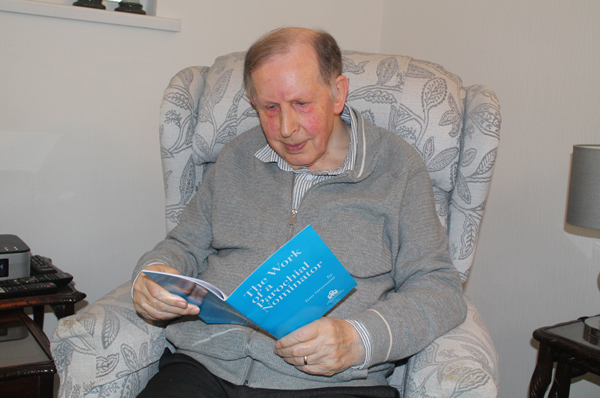
Tom casts his eye over his booklet – ‘The Work of a Parochial Nominator.’
In 1982, Tom wrote and published a booklet – The Work of a Parochial Nominator. This was reprinted in 2017 and is still in use.
“When a parish becomes vacant, I found a lot of people who were nominators were quite anxious about what this entails and the pressure put on them,” Tom explained. “I wrote the booklet to inform them of the procedure they would be following and to put their minds at rest.”
The Work of a Parochial Nominator is published by the Church of Ireland Evangelical Fellowship (CIEF) and is available from www.cief.co.uk/publications.
Eight years ago, Tom was diagnosed with Parkinson’s Disease, and this has impacted his mobility. “I sometimes wonder when I am not feeling great if that is to do with the Parkinson’s or because I am nearly 80,” Tom smiled.
Elva added: “When we received the letter [from the Royal Almonry Office] we were quite stunned and wondered if we could do this, especially with Tom’s Parkinson’s. But it is such an honour, we wanted to try and go. This is a once in a lifetime experience.”
The couple travelled by boat and are taking their time getting to Worcester for the traditional Maundy Thursday service.
Tom said he was looking forward to the experience and to meeting Queen Camilla.
Tom will be presented with two purses. The red purse contains a £5 coin which carries the image of a Tudor dragon and a 50p coin commemorating the RNLI. The white purse contains uniquely minted Maundy Money. This takes the form of one, two, three and four silver penny pieces, the sum of which equals the Monarch’s age – this year 75 pennies worth of pieces will be included, marking King Charles III’s 75 years.
Congratulations to both Tom and Elva.
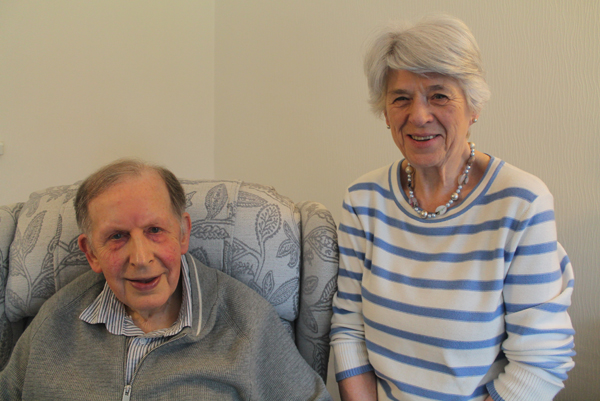
Tom and Elva Stevenson.
Maundy money (source: The Royal Mint)
The Royal Maundy is an ancient ceremony, inspired by The Bible. On the day before Good Friday, Jesus washed the feet of his disciples and commanded them to ‘Love one another’. By the thirteenth century the Royal Family was taking part in similar ceremonies. By washing the feet of the poor and giving money and gifts, they were showing humility and compassion.
When Henry IV became king, he introduced a new tradition, deciding to give the same number of gifts as his age. So, for instance, when the monarch was forty, he gave forty of his subjects Maundy gifts. It became the custom for the sovereign to perform the ceremony, and the event became known as the Royal Maundy.
The first Maundy money ceremony took place in the reign of Charles II, when the king gave people undated hammered coins in 1662.
The tradition of the king or queen washing the feet of the poor faded out in the eighteenth century, but the monarch still gave people food and clothing. By the nineteenth century the tradition had changed again, and the monarch simply gave people the Maundy money.
© Copyright The Church of Ireland Diocese of Connor 2024 | Web Design by LD2.digital
